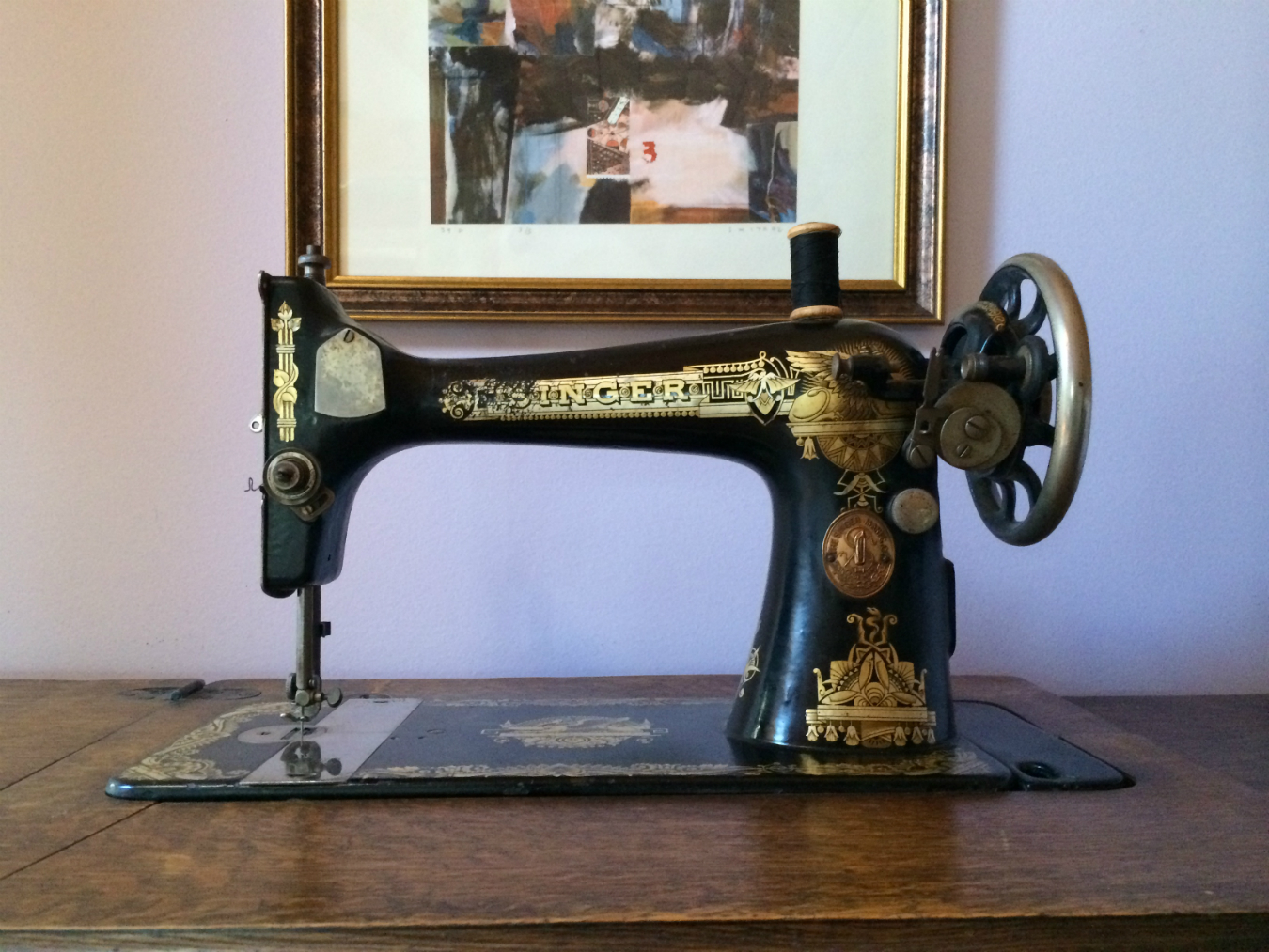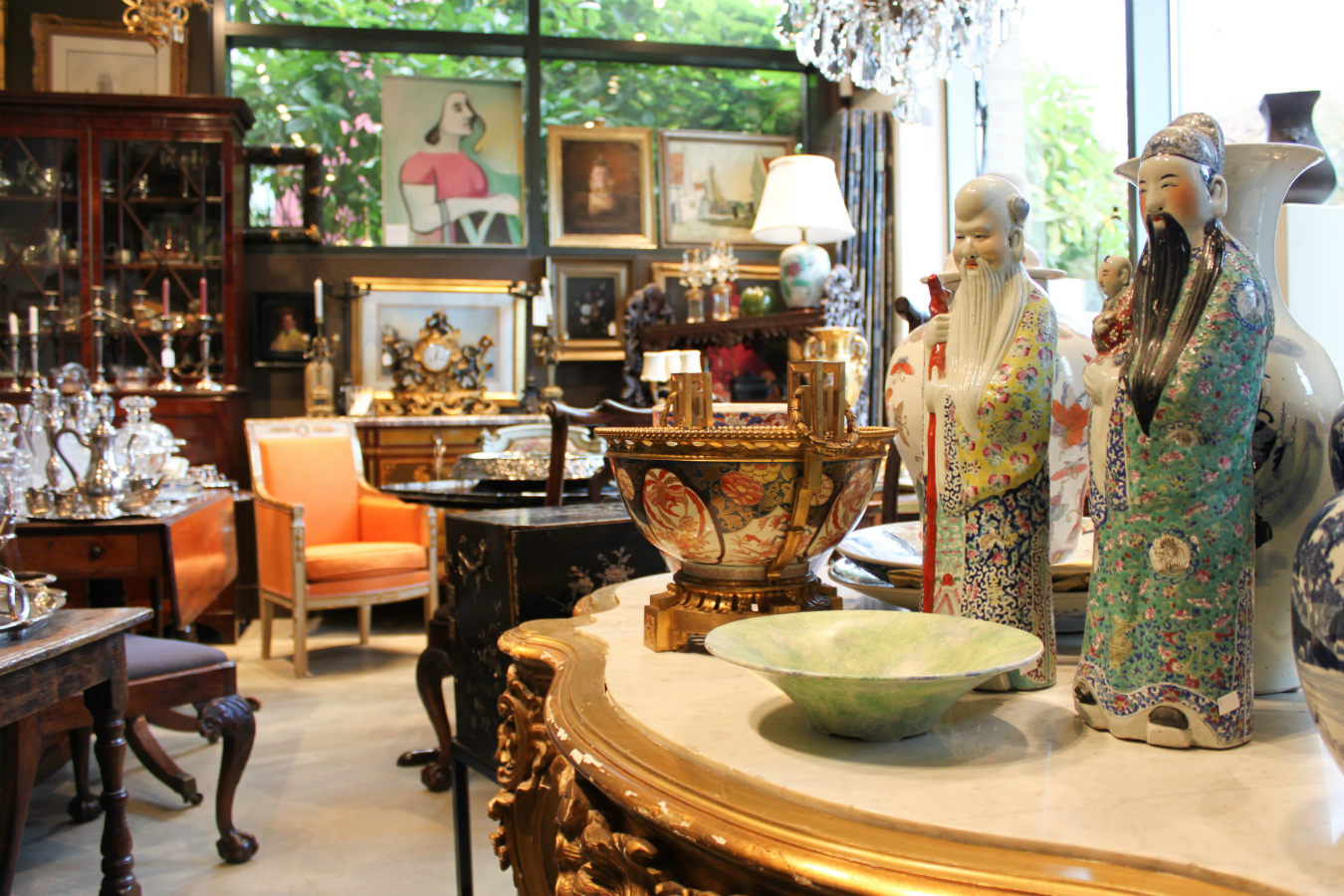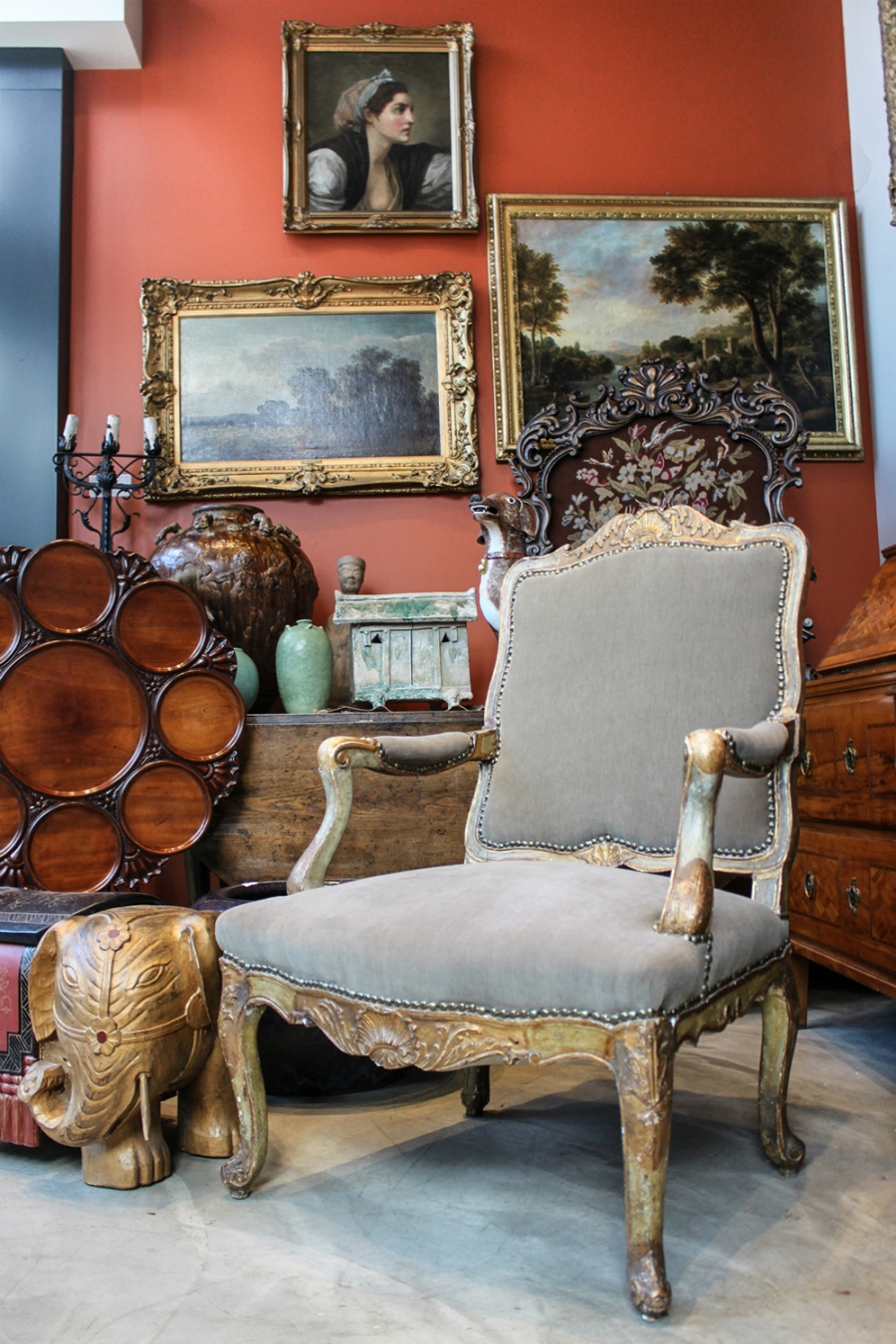My love of antiques began when I was a curious 15-year-old. The row of antique shops that dot Fort Street in Victoria, British Columbia—my hometown—became my impromptu haven for all things vintage. As a novice, I heeded the “do not touch” signs. But as time went on, I developed a genuine interest in the history and style of the pieces, and the proprietors would encourage me to handle the furniture and experience the artisanship. They would share their knowledge and help me to understand the difference between periods of design and those who influenced them; I began to fully appreciate both the aesthetics and functionality of a piece.
When the time came for me to move to Vancouver, I knew that my first few domiciles would be of modest means and humble decor. I also knew that I wanted to begin my antique collection with a piece both beautiful and tangible. I gravitated towards a wonderful burled walnut armoire that I procured from a fine shop on Main Street. It took me four months to pay it off, but when it was finally delivered, I felt like I had owned it my whole life.
As I have grown to understand and appreciate antiques, my collection is now something of which I am very proud—not only because of the pieces themselves, but also because of the stories that surround them. I have a chair that I carried on my head for 17 blocks in the middle of the summer, too frugal to get a cab home; I pushed an antique Singer sewing machine uphill halfway through Kitsilano on a rickety dolly; I followed a hand-blown glass Venetian lamp through three storefronts. This, for me, is the joy of antiquing: the thrill of the hunt.
I now buy art and furniture not only for the pure love of it, but in some cases, as an investment as well. I’m certainly not alone in this. Jamie Pryde of the Edit has a keen eye for antiques, vintage lighting, and furniture. “My market is mainly with designers who can see that there’s good design in every era,” he says. “They no longer just appreciate the aesthetics of the piece, they also appreciate how it functions and the artistry that went into making it. They know it will hold its value.”
For those who have clambered from the depths of a garage sale to the dusty hallways of second hand shops, the journey is full of excitement. “I think that everything has a function,” says Pryde. “If you are in love with a piece, its function is that it pleases you.”











